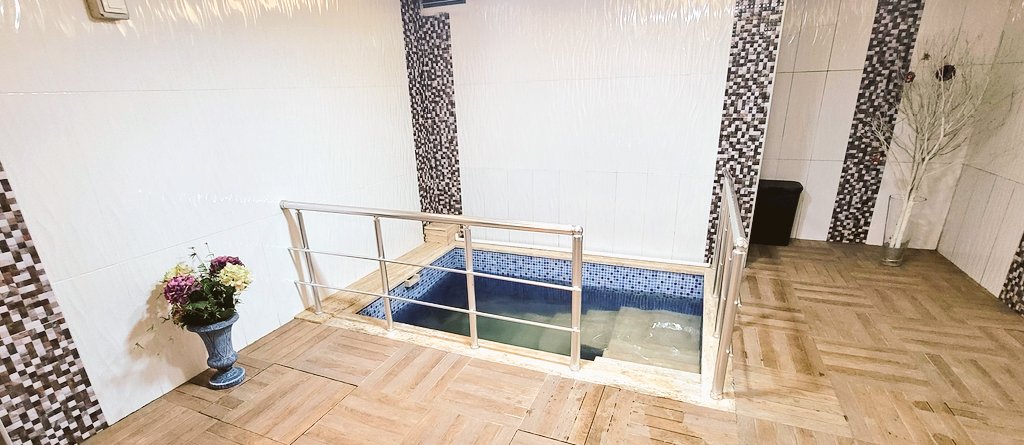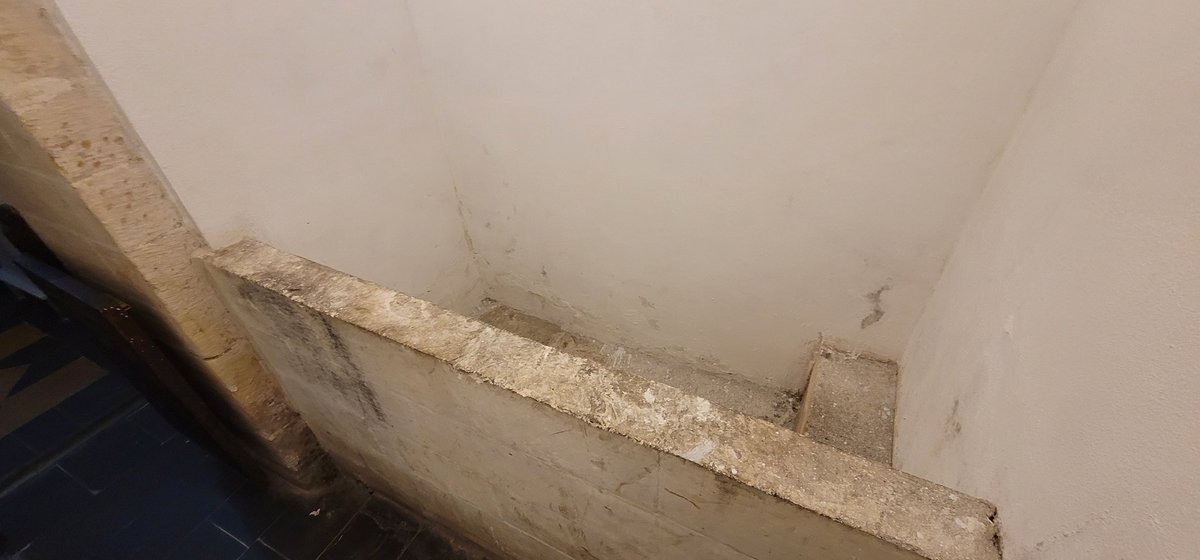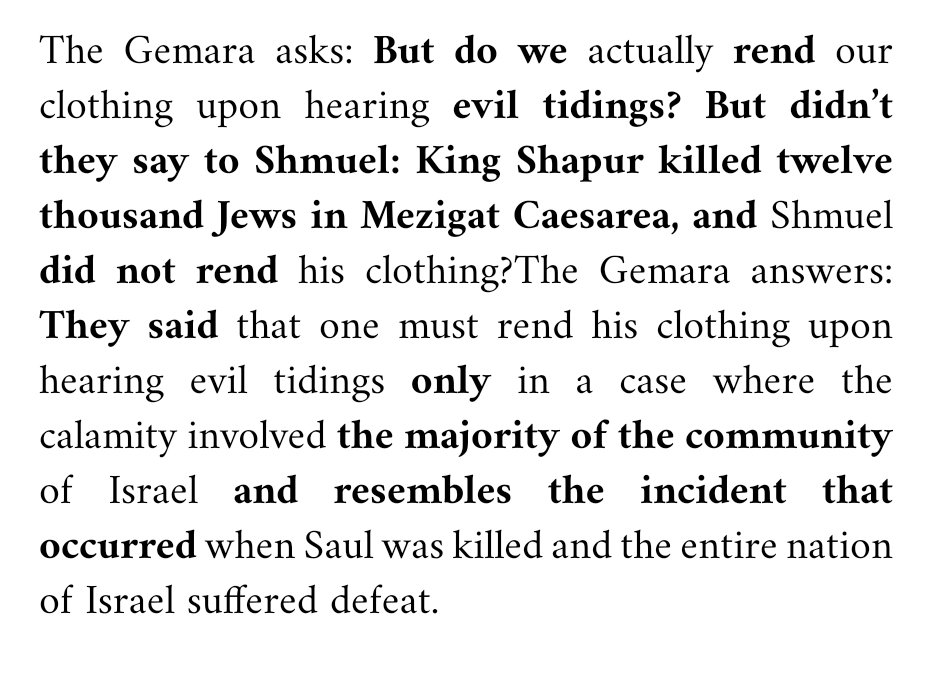Day 13 of #TurkeyJewishRoadtrip:
Relaxed Shabbat...
After an intense week Chaim and I had a relaxing Shabbat... We prayed, ate, relaxed, but mostly read books... What books did we take on this trip?
Relaxed Shabbat...
After an intense week Chaim and I had a relaxing Shabbat... We prayed, ate, relaxed, but mostly read books... What books did we take on this trip?

This prayer book includes also the Torah (the five books of Moses), Tehillim (Psalms by King David), and Tanya (the Magnum opus of Chabad)... 

When we get into the car, after coffee, we listen to a class on the daily page of Talmud - Day Yomi - now we study the tractate of Sukkah... 
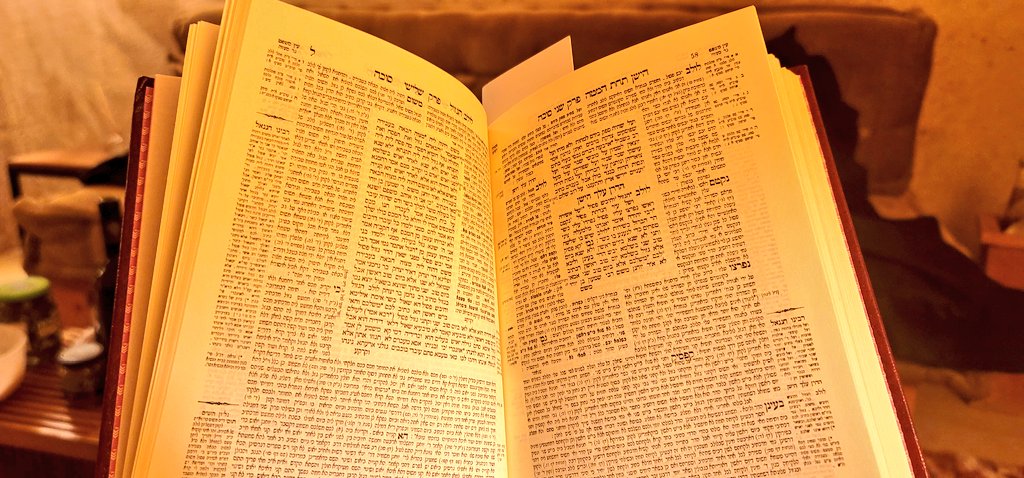
To identify biblical sites, we use this treasure, which although I feel it can have a lot mlre information from Talmudic and Post-Talmudic Jewish sources, never the less it is full with archeological, historical and current references... 

We also use to identify locations of old synagogues, the valuable information contained in these books... 

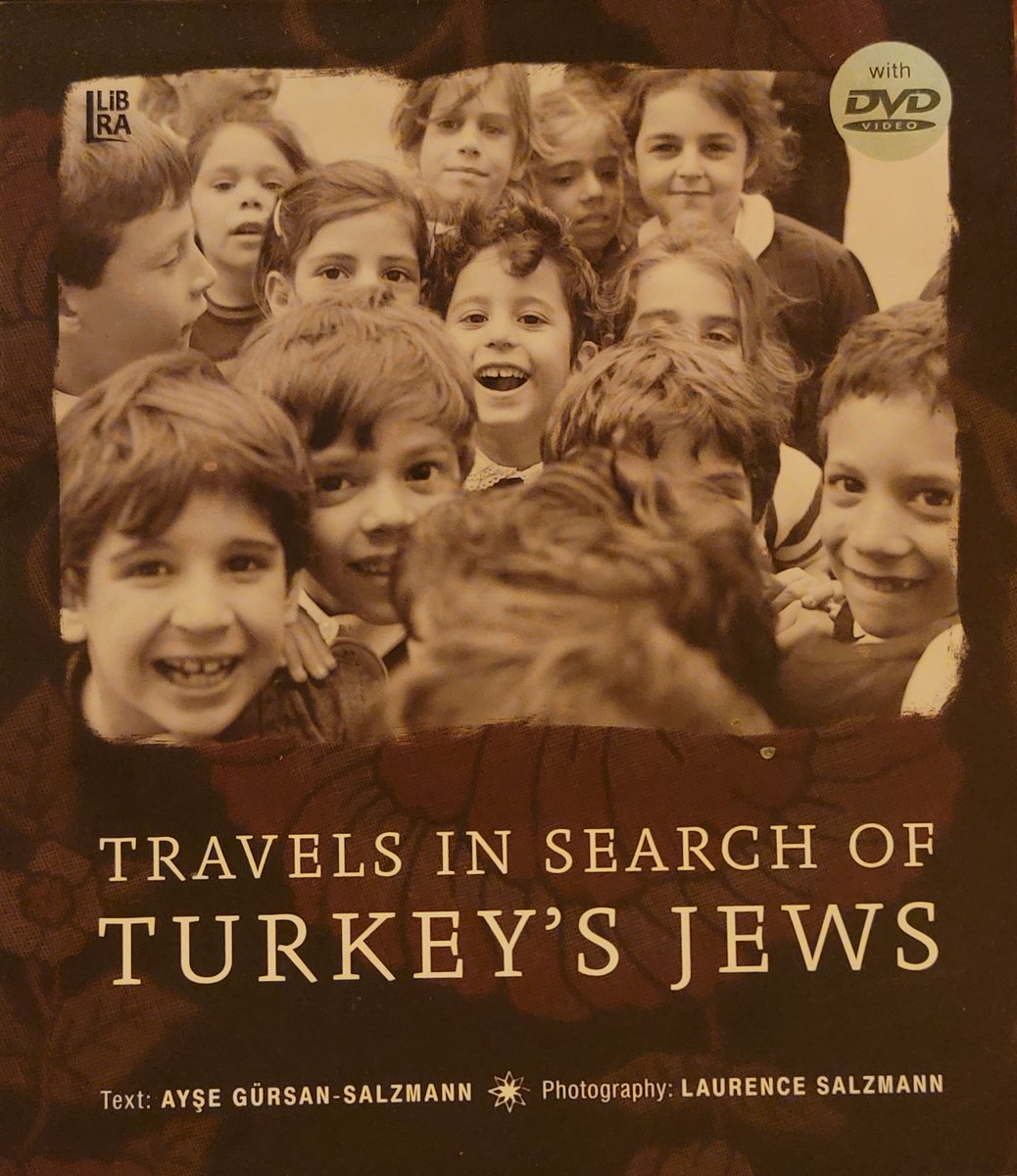
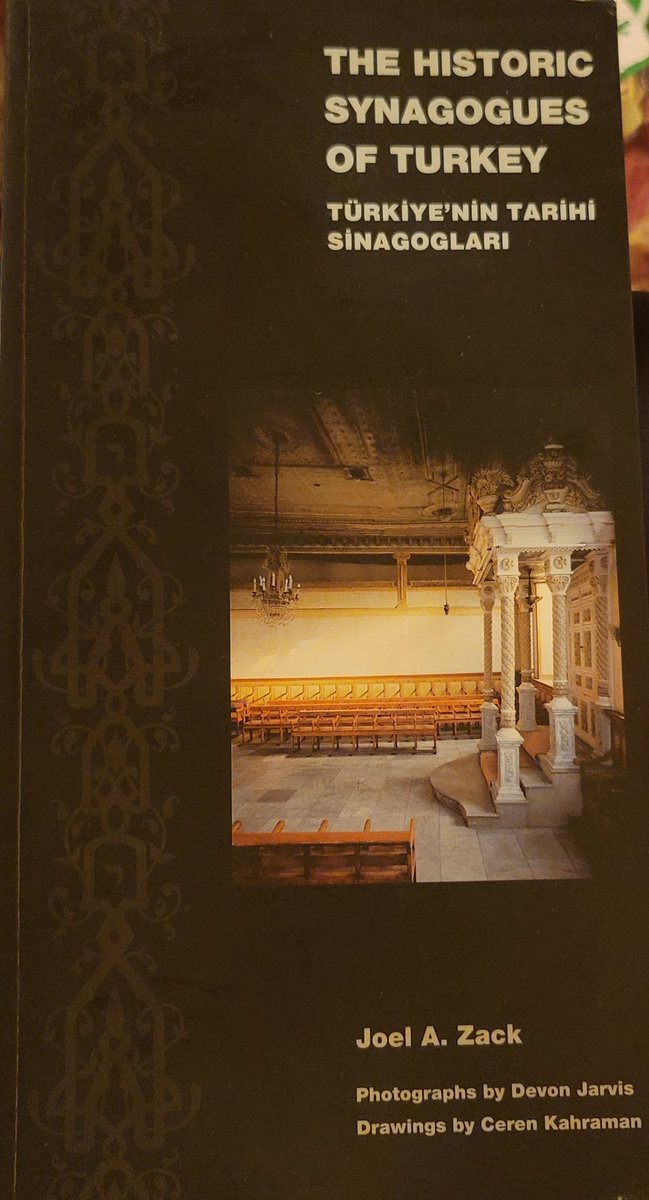
Visiting isn't just about physically being there... When I was in Izmir - as in any other place - I wished to feel it, to 'know' the place, and for this - I read this book by Jacob Barnai: Smyrna, the Microcosmos of Europe, about the community in the 17th and 18th century 

I also have with me the book Turkey, by Yaron Ben Naeh, about the Jewish communities in Turkey in the 19th and 20th centuries... 

And the recent book on Rabbi Yosef Karo who lived in Edirne, and gives a good background on Jewish life in the 15th and 16th centuries... 
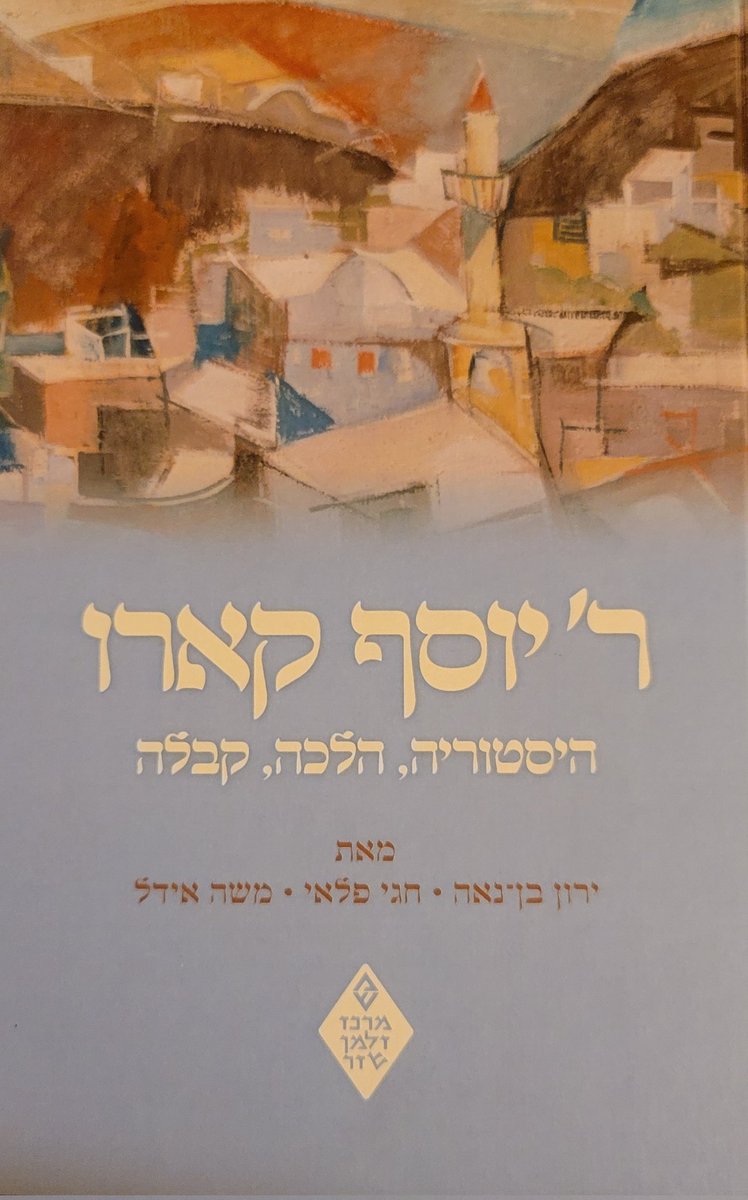
To read about the Sefardi Jewery in the region, I read Ester Benbasa and Aharon Rodrig's "The Jews of the Balkans, the Judeo-Spanish Community, 15th to the 20th Centuries"... 

Keren Zavit, by Prof. Nadav Shnerb is a must read for me every Shabbat, Shnerb writes a short essay on the weekly Torah portion - and brings down to reality, numbers, colors, and topics in a way that only a scientist can... 

"A Heartless Chicken", is the newly published book by Maoz Kahana, that deals with religion and science in the rabbinic responsa of the 18th century... 

Looking forward for another exciting week on the #TurkeyJewishRoadtrip...
Where will we be tomorrow?
Where will we be tomorrow?
• • •
Missing some Tweet in this thread? You can try to
force a refresh














